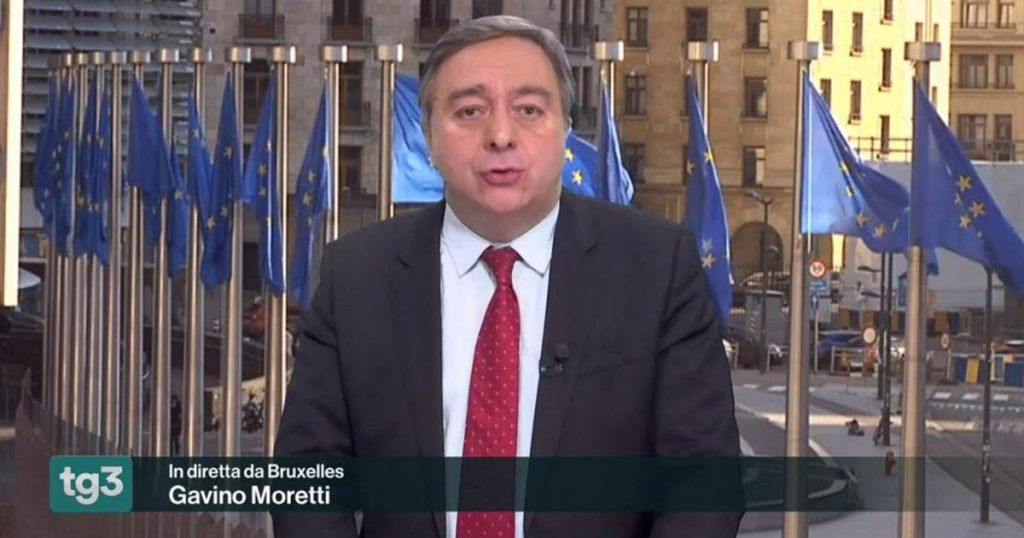The new Stability and Growth Pact replaces the one that was in force until its temporary suspension due to the Covid emergency: with today’s favorable votes, Europe has taken the penultimate step towards final approval, pending the final approval of the Council. The other news on the domestic front is that all Italian parties have either abstained or are against it. With the new Pact, it will be more difficult for the Commission to subject a Member State to a procedure for excessive deficit if essential investments are ongoing, and all national spending on co-financing EU-funded programs will be excluded from the government’s expenditure calculation, creating greater incentives to invest. However, very precise mechanisms for reducing the deficit and debt are established: countries with excessive debt will be required to reduce it by an average of 1% per year if their debt exceeds 90% of GDP, and by 0.5% on average per year if it is between 60% and 90%. If a country’s deficit exceeds 3% of GDP, it should be reduced during periods of growth to reach 1.5% and create a spending buffer for difficult economic conditions.
The purpose of the new Stability and Growth Pact is to strike a balance between fiscal discipline and investments for growth. The Pact aims to provide flexibility to member states to invest in essential projects while maintaining control over their deficits and debts. The new rules set out specific mechanisms for reducing deficits and debts, with targets for countries with high levels of debt to gradually bring them down. The Pact also includes provisions for countries with deficits exceeding 3% of GDP to gradually reduce them during periods of economic growth, in order to build up a buffer for economic downturns.
The approval of the new Stability and Growth Pact represents a significant step towards stronger economic governance in Europe. It seeks to ensure that member states are able to invest in essential projects while maintaining control over their fiscal stability. The inclusion of mechanisms for reducing deficits and debts, as well as targets for countries with high debt levels, aims to promote sound economic management and stability in the Eurozone. The Pact also aims to create incentives for member states to invest in growth and development, while ensuring that they maintain fiscal discipline and control over their finances.
The new Pact also includes measures to address the economic challenges posed by the Covid-19 pandemic. By providing flexibility for member states to invest in essential projects, the Pact aims to support economic recovery and growth in the aftermath of the crisis. The exclusion of national spending on EU-funded programs from the government’s expenditure calculation creates additional incentives for member states to invest in projects that will contribute to economic development and recovery. The Pact’s provisions for reducing deficits and debts aim to ensure that member states are able to weather economic downturns and maintain stability in the face of economic challenges.
In conclusion, the new Stability and Growth Pact represents a significant step towards strengthening economic governance in Europe. By striking a balance between fiscal discipline and investments for growth, the Pact aims to promote sound economic management and stability in the Eurozone. The inclusion of specific mechanisms for reducing deficits and debts, as well as targets for countries with high debt levels, aims to provide incentives for member states to invest in growth and development while maintaining control over their finances. The Pact’s measures to address the economic challenges posed by the Covid-19 pandemic aim to support economic recovery and growth in the aftermath of the crisis.















